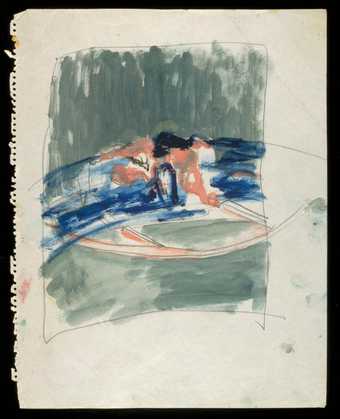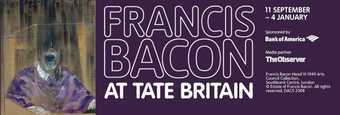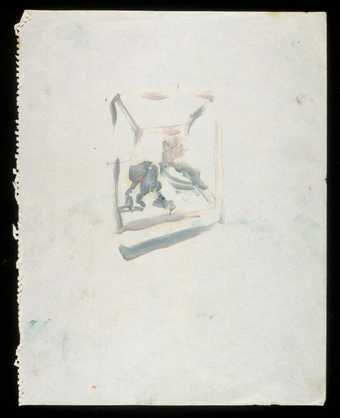Experiment and Transition 1967–52

Francis Bacon
Sketch [Figure in Grey Interior] (c.1959–61)
Tate
Francis Bacon (1909–1992) was arguably the most important British figurative painter of the twentieth century. Between September 1959 and January 1960, at a key stage in his career, Bacon stayed in St Ives making work for his first show with Marlborough Fine Art, which opened in March 1960. This small exhibition focuses on that stay and his work of 1957–62.
Whilst in St Ives, Bacon used No.3 Porthmeor Studios. Previous tenants of these important studios had included Ben Nicholson and Terry Frost, and were then occupied by Patrick Heron, Trevor Bell and others. Three of the paintings Bacon made there have been reunited and are being shown here for the first time, alongside earlier and later works.
This period was an important transitional phase for Bacon. It was announced by a series of highly coloured and loosely handled paintings of van Gogh made in 1957 and was concluded by his Tate Gallery retrospective in 1962, the exhibition which confirmed his international reputation. During this period Bacon experimented with colour and paint handling, and embarked on a radical re-assessment of how the human figure might be located in space on the canvas.
The works of 1957–62 are often characterised as a blip in Bacon’s career and until recently have been given little critical attention. In fact they are of great importance, and are crucial to Bacon’s later development. This exhibition presents an opportunity to examine this key period in detail and reflect on the possibility that Bacon’s exposure to abstraction in St Ives may have influenced his subsequent development.


